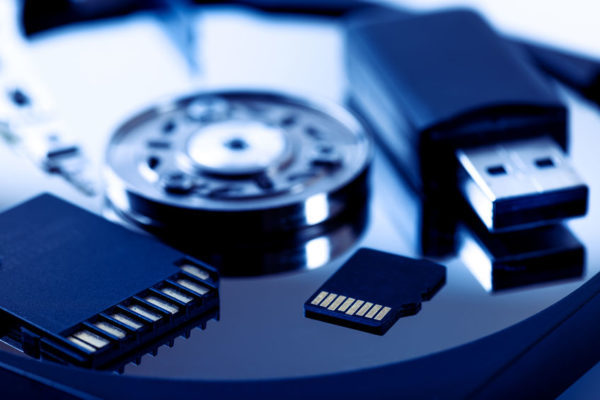Legacy systems in healthcare such as in Electronic Health Records (EHRs) and Electronic Medical Records (EMRs) software companies want to convince you that you must keep paying subscription fees to maintain access to your facility’s legacy data. The truth is the information is yours. Learn how to easily extract EMR data from legacy systems and transfer it into an easily accessible format.
Legacy Systems In Healthcare Are Dangerous
An EHR/EMR that is retired becomes a legacy system if you continue to use it to extract data for the release of information and continuity of care. Legacy data is any data that is not transferred to the new platform. Storing legacy data in obsolete legacy EHR systems present several dangers to security and data integrity.
• System integrity. Legacy systems still require yearly contract fees but the archaic platform will likely no longer receive ongoing upgrades. The original software developers might not be at the company, and even if they are, they are working on the most recent version, not an old system. This means the integrity of your entire system and its data are in jeopardy of cyber-attacks or hardware failure.
• Access to information. You know passwords can be lost, new staff are not trained on the old system or the prehistoric hardware may be housed at a different location. These conditions make audits and legal requests for information an administrative nightmare. With laws requiring access to information for up to 10 years, you must be able to quickly access archived information.
• Patient care. Although this is technically access to information also, the entire reason your healthcare facilities exist is to help patients. If the information is limited to someone who has the password and access to the system, the patient sitting in the exam room suffers (or sues!).
Why An Archival System Is A Better Solution?
Fortunately, moving your legacy data to an archival platform counters the biggest issues with legacy systems in healthcare. Archiving legacy data is a separate system, often cloud-based, where all previous healthcare records and reports are housed is secure and saves money. This includes patient and staff data.
The ability to search and query data during the patient appointment improves continuity of care and your customer service reputation. You can also access reports, including billing and insurance claims, for release-of-information requests.
Get Help Extracting Your Data From The Experts
Proper planning for data migration is important. Rod Piechowski, senior director of health information systems at HIMSS, indicated in Healthcare IT News that organizations need to assemble a cross-functional team. This includes enlisting an external data abstractor to help transfer the data.
The experienced team at Triyam can help your facilities free data from the confines of a legacy EMR/EHR system and house it in the Fovea EHR archival system. With assistance from a trusted healthcare consultant firm experienced in data migration and archival, you can create an efficient archival plan for your facilities.
Learn More About Fovea And Triyam’s Services
The Fovea EHR data archival system is easily accessible from any type of device. A radio button can be installed within your existing new EHR/EMR system so staff can access archived data with a single link. There is no need to transfer between programs. You will find that Fovea offers a competitive pricing structure that scales to your facility’s needs.
Contact Triyam to schedule a free evaluation, attend a complimentary webinar or receive a custom demo.

